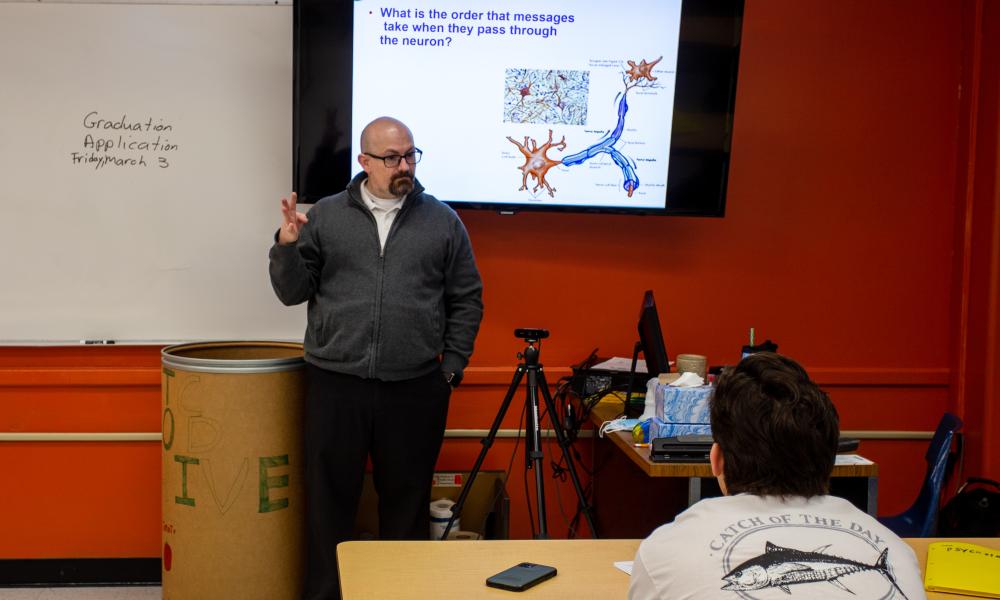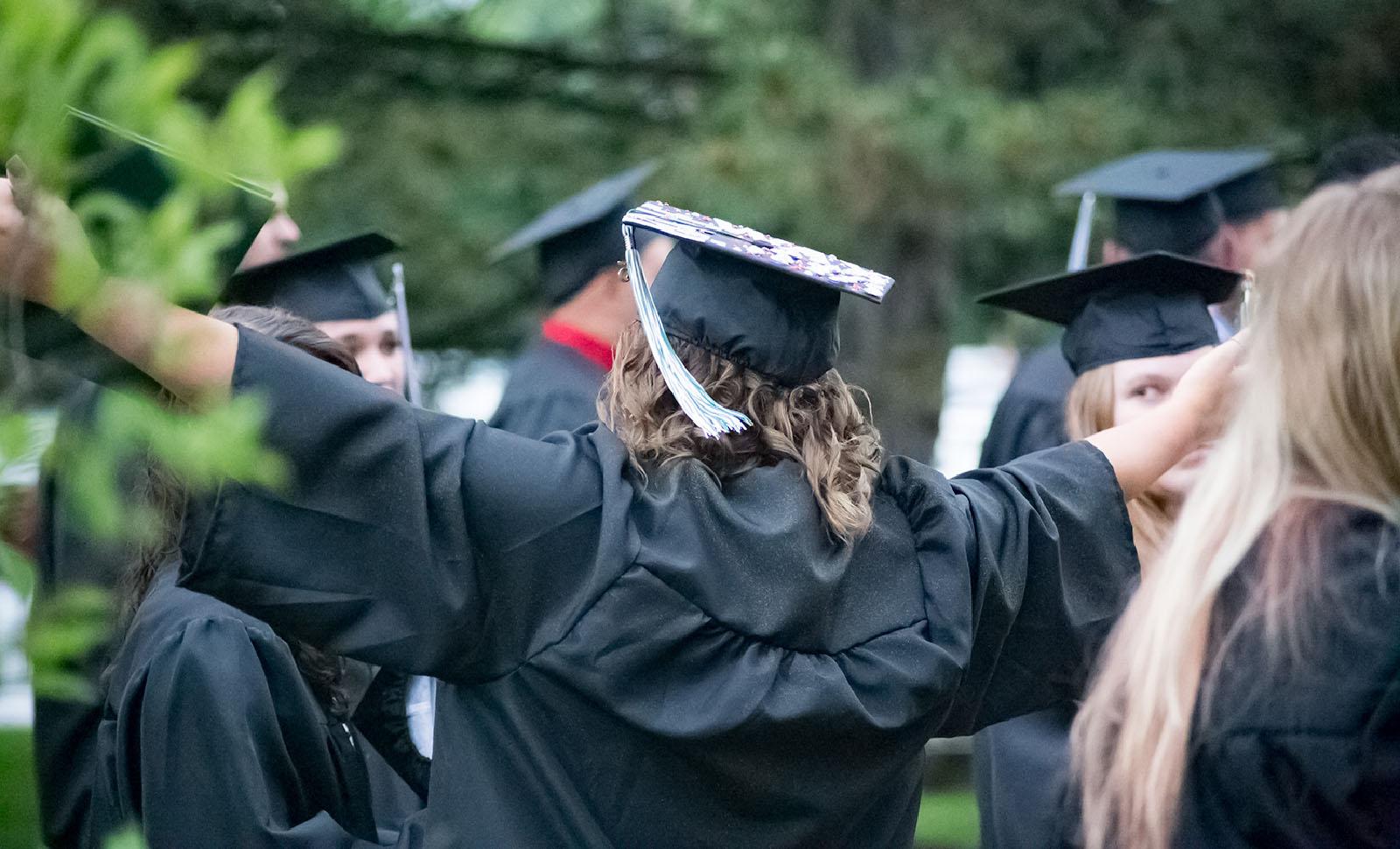
Faculty across the Illinois Eastern Community Colleges District are working more collaboratively and that effort will soon pay off at Lincoln Trail College. Students enrolled in Anatomy and Psychology classes will be able to learn more about the brain using an electroencephalogram.
Faculty from Frontier Community College, Lincoln Trail College, Olney Central College, and Wabash Valley College have started meeting through virtual events called Happy Half-Hours. OCC Professor of English and IECC Director of Assessment Kelly Payne says the meetings are a direct result of faculty feedback where more than 90 percent of faculty members said they were interested in attending more meetings if they were meaningful. The first meeting kicked off in February, with more meetings planned for March and April.
“Typically, the only time we’re able to gather in our discipline or program groups is during the August workshop each year. But as we all know, that day’s schedule is packed and the time with our group is limited. That often means we cannot have the conversations we want and need to have with our area colleagues. Happy Half-Hours is one of the ways we hope to fill in that ‘gap.’ And it’s been clear even from our first meetings how much faculty appreciate and thrive on having this time to gather and collaborate, even in a virtual setting.”
LTC Psychology/Social Science Assistant Professor Phil Thorsen had previously talked to his colleague Jason Hortin at OCC about how he uses the EEG in the classroom. Thorsen brought up the idea at February’s meeting and one thing led to another and Thorsen ordered the machine, which measures electrical activity in the brain by using electrodes attached to the scalp. It is used as a way to observe brain function.
“At the end of the Half-Hour meeting Brandon [Weger] and Kelly asked if there were any ideas in the works or any improvements, and I mentioned the idea of the EEG. When I mentioned it Kelly and Brandon mentioned that An Roy in life sciences talked getting a ECG machine for her classes. Since we were on the same page for these ideas, I reached out to An to see if she was interested in sharing such a machine and she enthusiastically said yes.”
Thorsen says this will be beneficial for students in his classes because psychology students spend a lot of time discussing the brain and how it is researched. He says he plans to use the EEG to help his students see the workings of a person’s brain in real time. He also plans to share it with Dr. Roy for her to use in her Anatomy and Physiology classes.
Payne says this is a great example of the importance of collaboration. “I firmly believe, and know, that we are doing great things in our classrooms and programs. Our faculty know and believe that, too. And yet, we’re also committed and invested in doing more. Doing better. To finding ways to improve and enhance our teaching so that we can give our students a quality learning experience, one that truly embodies our assessment framework motto of “Students First!” One of the best ways we do that is by working together and sharing ideas, and in doing so, we all succeed.”
Payne says the EEG is just one way faculty shared their successes in the first meetings in February. She says faculty members shared how they were using software in the classroom. There were also discussions about how faculty members were using Wacom tablets to better facilitate learning.
“With all of these examples, and so many more, we see that consistent theme: Collaboration. Faculty recognize that we’re better, stronger, and more effective as a college district when we work together. Students directly benefit from this because it allows faculty to create more engaging lessons and dynamic learning experiences. The collaboration between academic departments and support services will also be a great benefit, ensuring students have access to the resources and assistance they need to be successful in our classrooms and beyond. The same is true for conversations about best practices and sharing innovative lessons. Our faculty care deeply about giving our students the best education we can – and when faculty are invested in that way, students absolutely reap the benefits. Happy Half-Hours has already become a valuable forum to facilitate that.”


